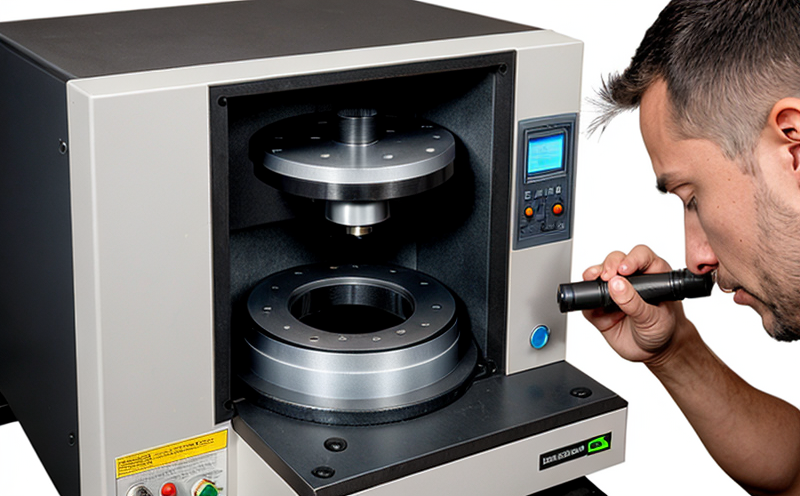ISO 2624 Grain Size Determination of Metallic Materials
The International Organization for Standardization (ISO) has established ISO 2624 as a standard method for grain size determination in metallic materials. This technique is crucial for ensuring the quality and reliability of materials used across various industries, including aerospace, automotive, construction, and electronics.
Grain size plays a significant role in determining the mechanical properties such as strength, ductility, and toughness of metals. Accurate grain size measurement helps in understanding how heat treatment processes impact the microstructure of metallic components. This is particularly important for materials that undergo complex manufacturing processes like additive manufacturing or 3D printing.
The ISO 2624 standard specifies a visual method to determine the grain size by counting and measuring the number of grains within an area on polished metallographic sections. The process involves the following steps:
- Preparation of metallic samples
- Polishing of the metallographic section
- Etching to enhance contrast and visibility
- Magnification under a microscope with appropriate illumination
- Counting and measuring grains within a defined field of view
The method is standardized by defining specific magnifications, grain counting areas, and etchants that must be used. This ensures consistency across different laboratories.
In the context of additive manufacturing or 3D printing, ISO 2624 is essential because these processes can introduce variations in microstructure due to high energy densities during deposition of materials. Understanding the grain size helps in optimizing process parameters and ensuring that the final product meets the required specifications for strength and durability.
The significance of this test extends beyond material science; it affects safety-critical applications where reliability is paramount. For instance, in aerospace, the integrity of metallic components directly impacts flight safety. Similarly, in automotive manufacturing, compliance with grain size standards ensures that critical parts perform under extreme conditions without failure.
Why It Matters
The accuracy and consistency provided by ISO 2624 are vital for several reasons:
- Quality Control: Ensures that manufactured components meet the required grain size specifications, thereby enhancing their mechanical properties.
- Process Optimization: Provides insights into how process parameters influence microstructure, aiding in refining manufacturing processes.
- Safety and Reliability: Critical for high-stress applications where material integrity is crucial, such as aerospace and automotive sectors.
- Regulatory Compliance: Ensures that products meet international standards, facilitating trade between countries with different regulatory frameworks.
Incorporating ISO 2624 into quality assurance programs ensures consistent product performance across batches and suppliers. This standardization is particularly beneficial in sectors where material integrity can directly impact human safety or operational efficiency.
Benefits
The implementation of ISO 2624 grain size determination brings numerous benefits to various stakeholders:
- Manufacturers: Improved confidence in product quality, leading to higher customer satisfaction and reduced rework costs.
- Regulators: Consistent and reliable data for compliance checks, fostering trust and transparency within the industry.
- R&D Engineers: Insights into process-microstructure relationships, enabling innovation and optimization of manufacturing processes.
- Supply Chain Managers: Enhanced traceability and quality assurance across supply chains, reducing risks associated with substandard materials.
The use of this standard also promotes international collaboration and acceptance. Products that meet ISO 2624 are more likely to find global markets without additional testing or certification requirements.
International Acceptance and Recognition
- ISO: The International Organization for Standardization has recognized ISO 2624 as a globally accepted standard. This ensures that the results are valid across different regions and countries.
- ASTM: Although not directly related to grain size, ASTM standards like E112 are complementary and often used alongside ISO 2624 for additional validation.
- IAPWS (International Association for the Properties of Water and Steam): Recognizes the importance of grain size in materials that involve phase transformations, such as those used in nuclear applications.
- EN: European standards like EN 10025 incorporate ISO 2624 to ensure compatibility with international standards within Europe.
- IEC: International Electrotechnical Commission standards often reference grain size specifications for electrical and electronic components, ensuring consistency in the materials used.
The widespread acceptance of ISO 2624 by these organizations underscores its importance in material science. Compliance with this standard is essential for manufacturers aiming to meet international standards and export their products globally.





